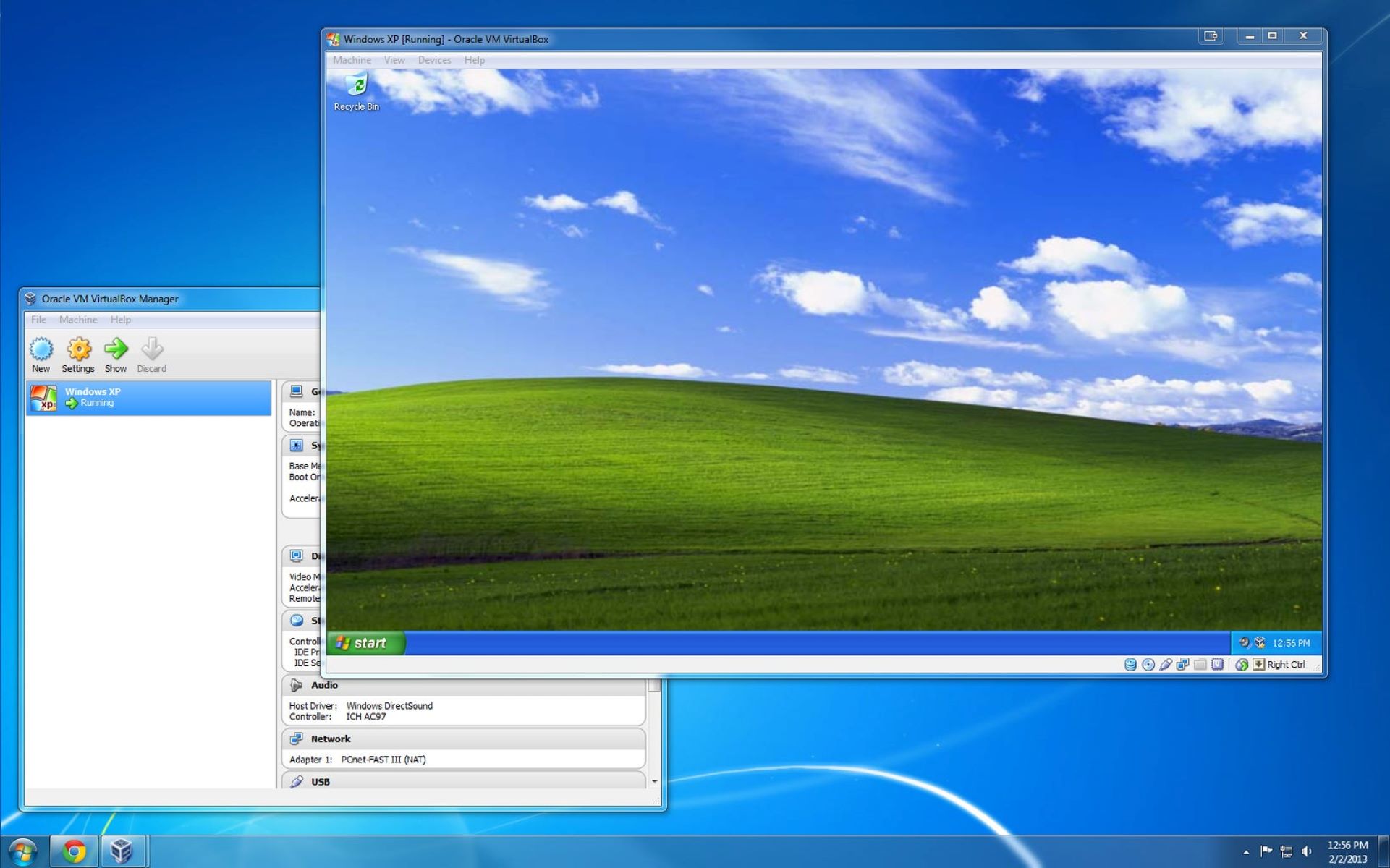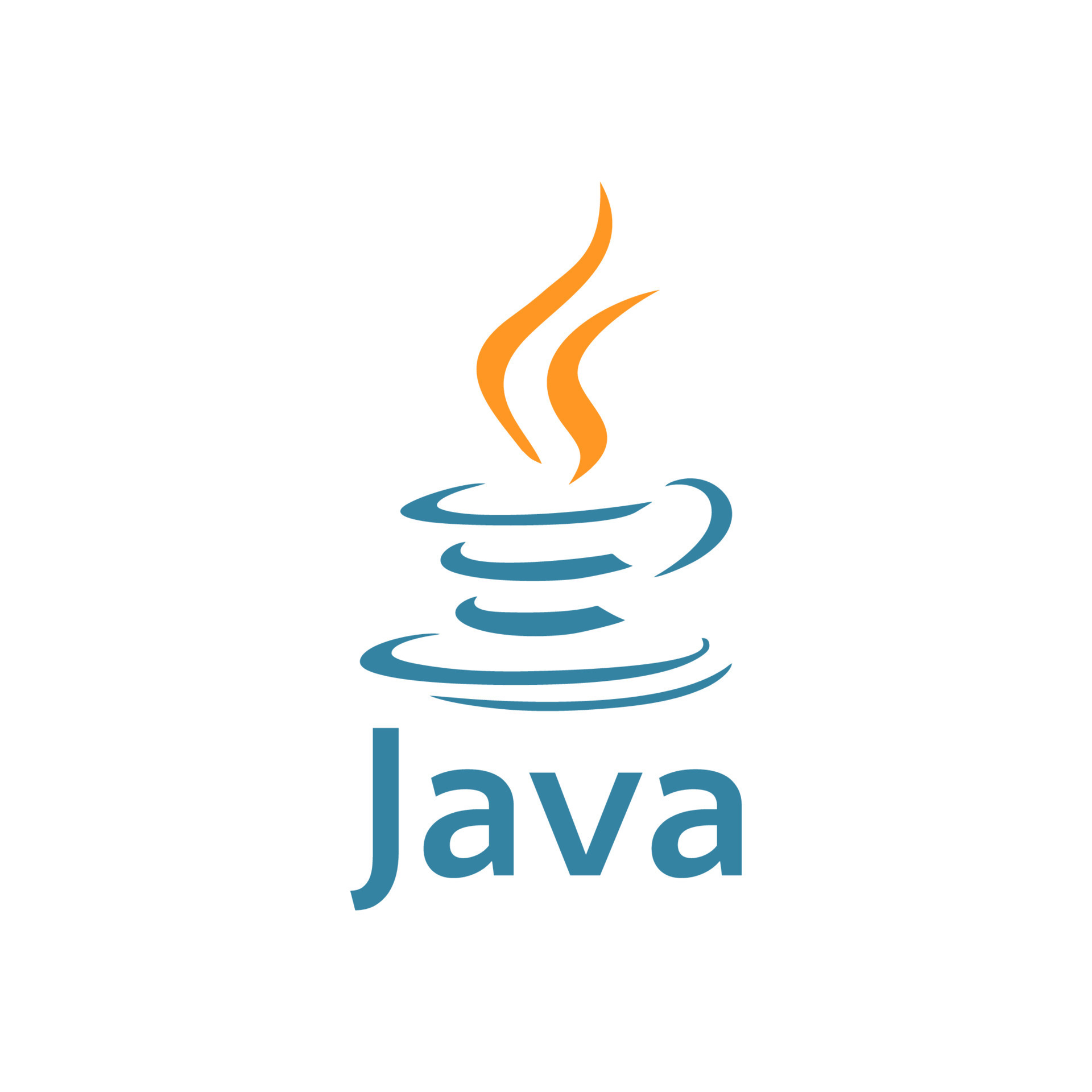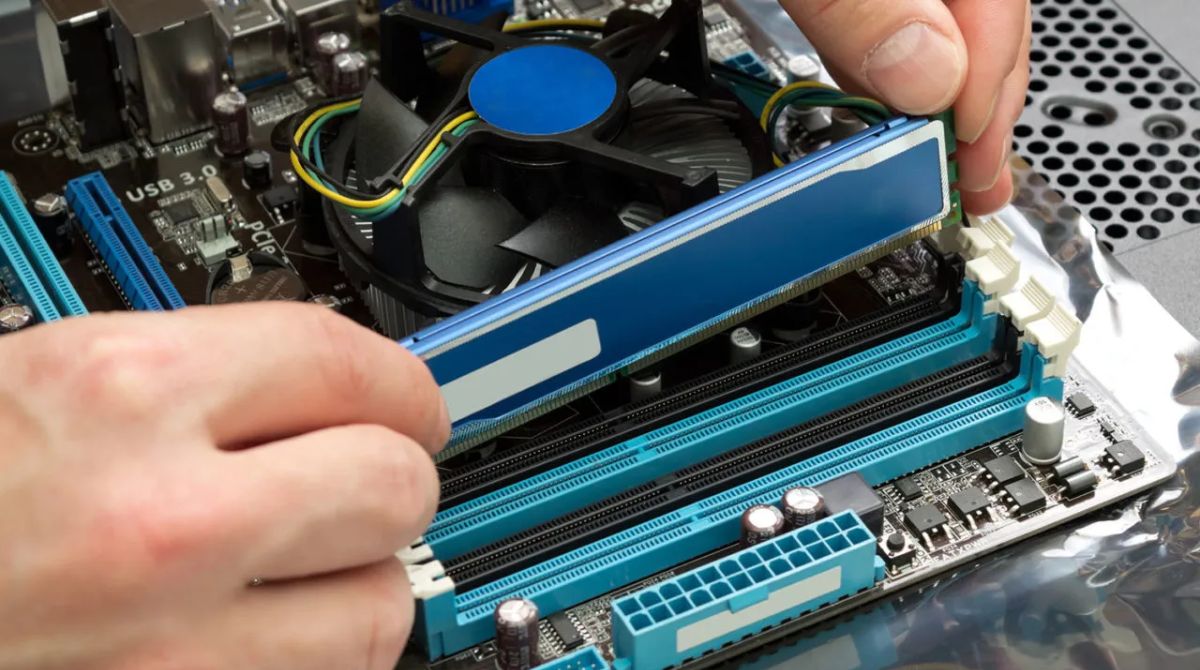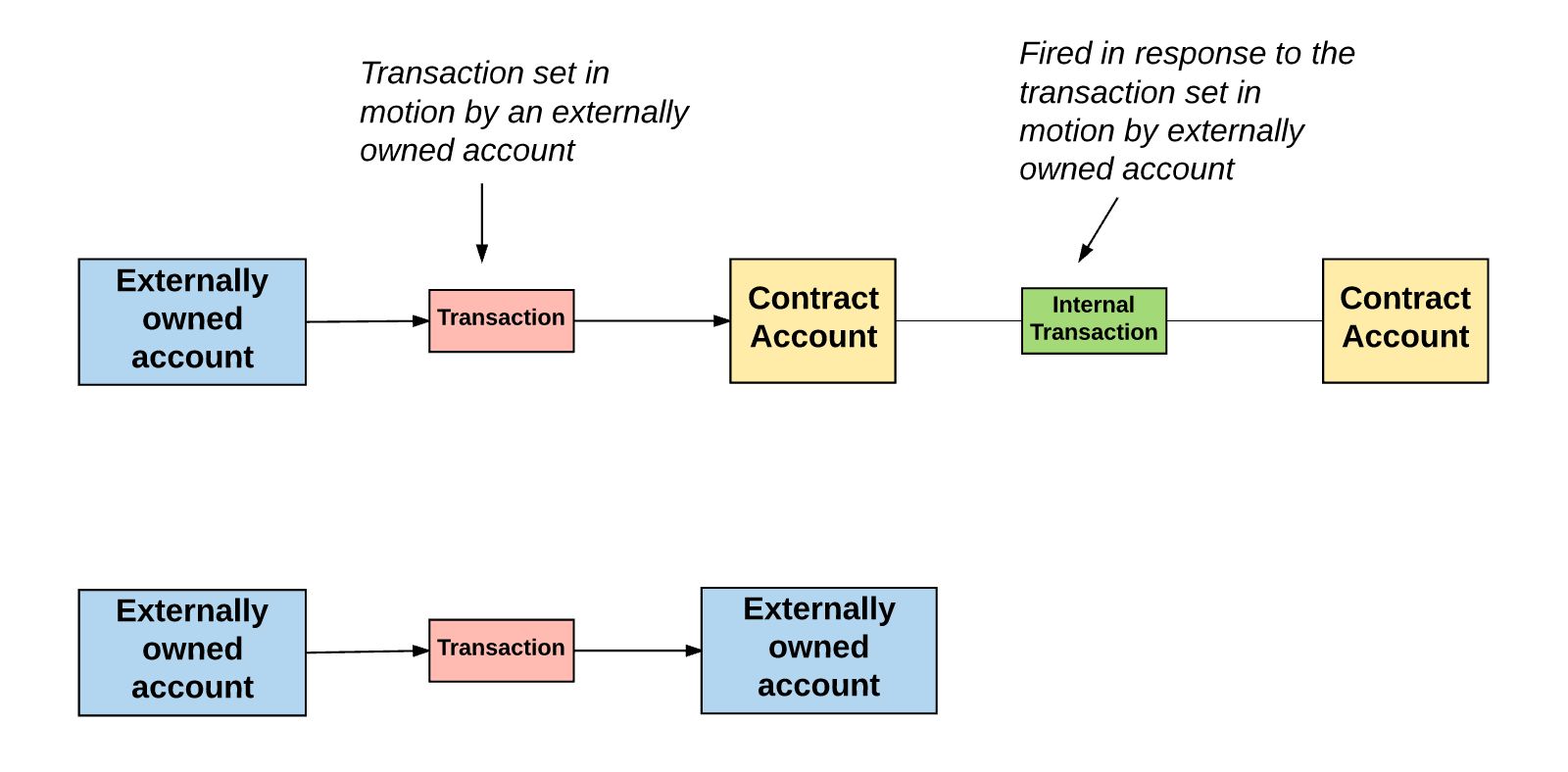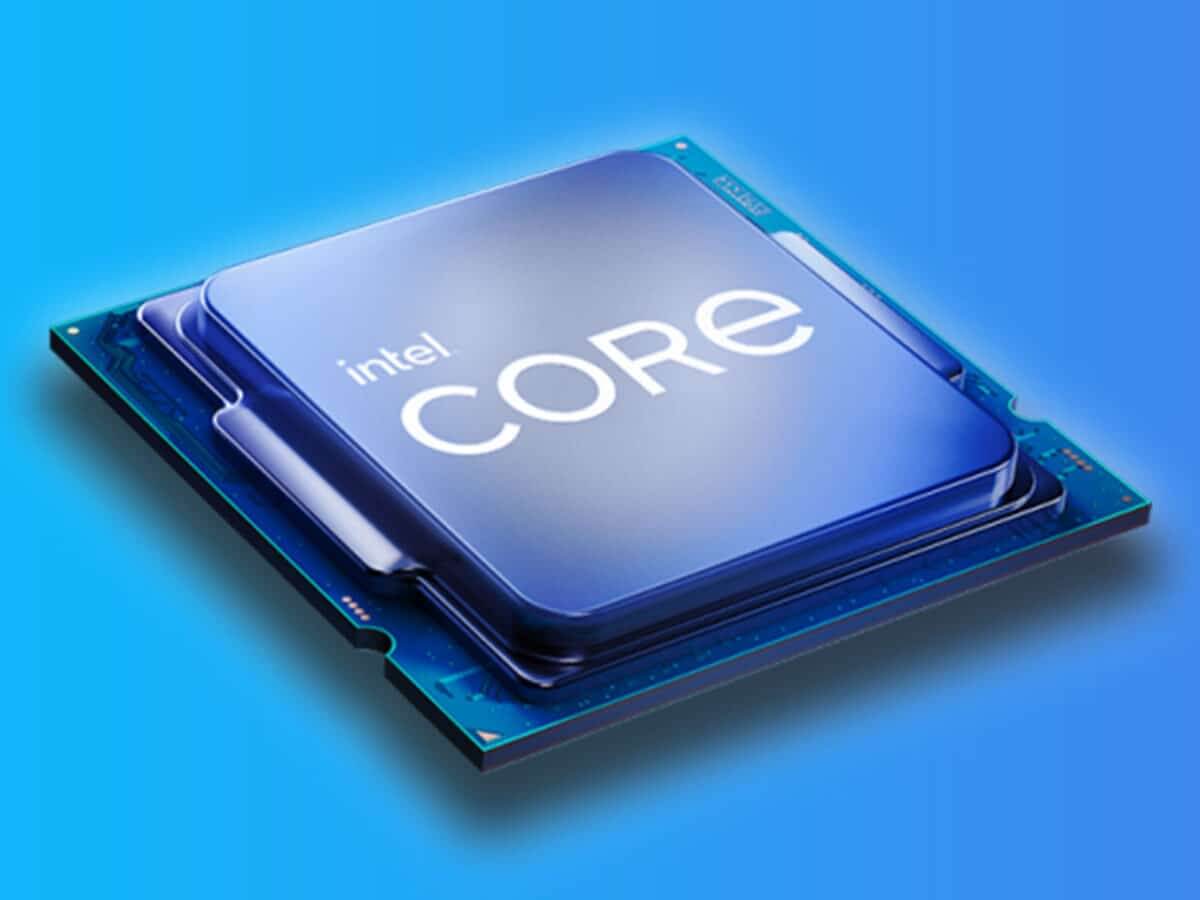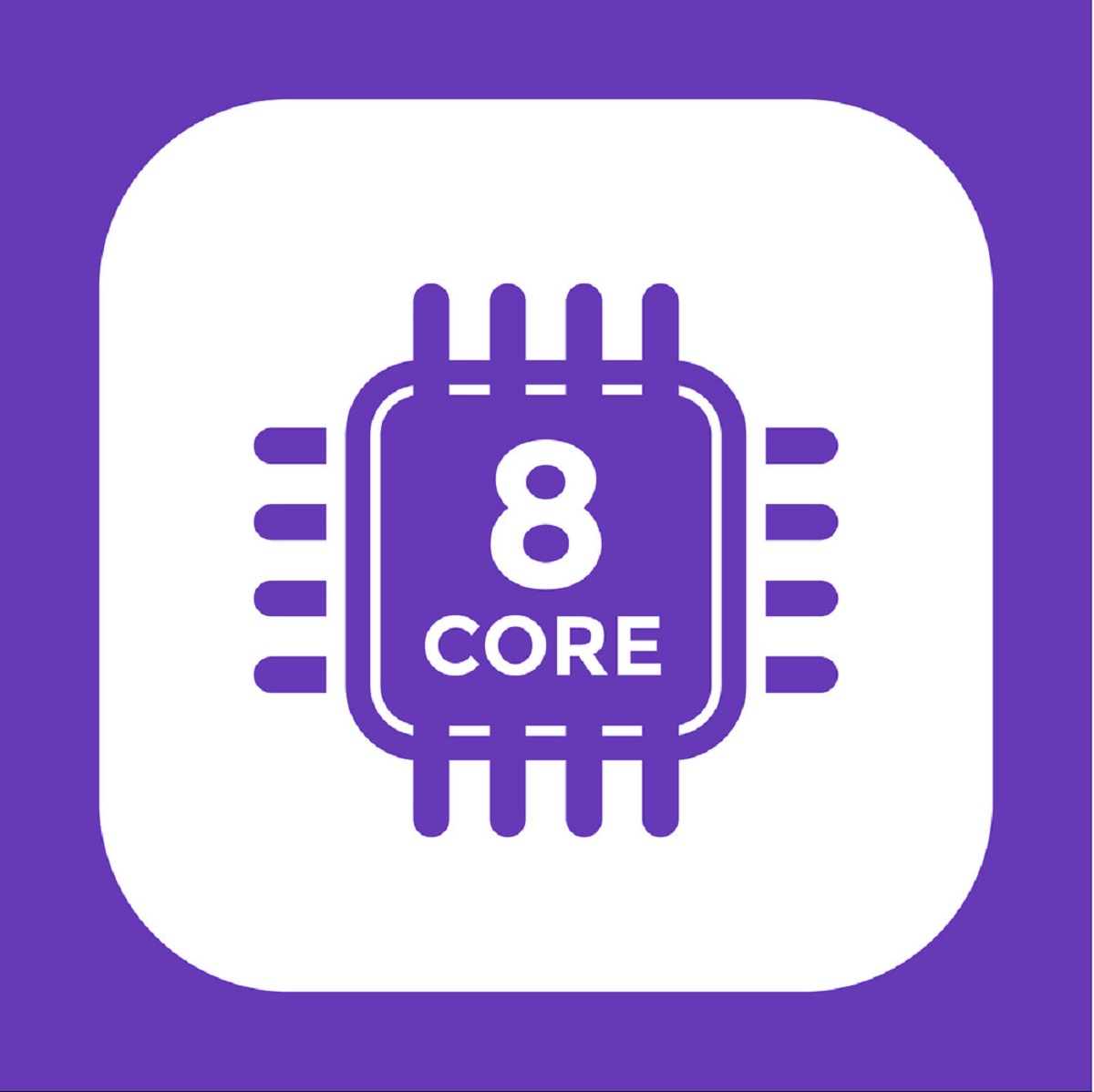Introduction
Virtual machines have become a popular solution in the digital landscape, offering numerous benefits for individuals and businesses alike. By simulating the functionality of a physical computer system within a software environment, virtual machines enable users to run multiple operating systems simultaneously on a single physical machine.
This article explores the advantages and disadvantages of using a virtual machine, shedding light on why it has become a preferred choice for many organizations. By understanding the pros and cons, individuals can make informed decisions about whether a virtual machine is the right solution for their specific needs.
Virtual machines offer a range of benefits that make them an attractive option for various use cases. However, they also present certain drawbacks that need to be considered. By weighing the advantages against the disadvantages, individuals can determine whether the benefits outweigh the drawbacks in their particular situation.
In the following sections, we will delve into the advantages and disadvantages of using a virtual machine, providing insights into the key aspects of this technology. It is important to note that while virtual machines have become increasingly popular, they may not be the ideal solution for every scenario. With that said, let’s explore the advantages of using a virtual machine.
Advantages of Using a Virtual Machine
Virtual machines offer several advantages that make them a valuable asset for individuals and businesses. Let’s explore some of the key benefits:
1. Isolation and Security: Virtual machines provide a secure and isolated environment where each virtual machine operates independently. This isolation ensures that any potential malware or security breaches are contained within the virtual machine, protecting the host system and other virtual machines.
2. Cost-Efficiency: Running multiple virtual machines on a single physical machine allows for better resource utilization and cost savings. Instead of investing in multiple physical machines, organizations can consolidate their workloads onto a single server, reducing hardware and energy costs.
3. Flexibility and Scalability: Virtual machines offer the flexibility to modify system configurations, allocate resources, and scale up or down as needed. This agility allows businesses to quickly respond to changing demands, making it easier to adapt to growth or fluctuations in workload.
4. Compatibility and Cross-platform Support: Virtual machines enable users to run different operating systems and software on a single physical machine. This cross-platform support is particularly useful for developers, testers, and individuals who need to work with applications that are only compatible with specific operating systems.
5. Simplified Software Testing and Development: Virtual machines provide a sandboxed environment for software development, allowing developers to easily create, test, and deploy applications without affecting the host system. This isolation and ease of deployment make virtual machines an ideal platform for testing different operating systems, software configurations, and patches.
6. Resource Optimization and Consolidation: By virtualizing multiple machines onto a single physical server, organizations can optimize resource allocation and improve hardware utilization. This consolidation reduces the need for additional physical infrastructure, resulting in cost savings and simplified management.
These advantages highlight the significant value that virtual machines bring to businesses and individuals alike. The next section will explore the potential disadvantages of using a virtual machine, allowing for a comprehensive understanding of this technology.
Isolation and Security
One of the key advantages of using a virtual machine is the level of isolation and security it provides. Each virtual machine operates as a separate entity, independent of the host system and other virtual machines. This isolation effectively contains any potential security breaches or malware within the virtual machine, minimizing the risk of compromising the entire system.
Virtual machines create a virtualized environment where the operating system, applications, and data are encapsulated. This isolation ensures that any threats or vulnerabilities present in one virtual machine do not propagate to others or the host system.
Furthermore, virtual machines can be easily backed up and restored, making it simpler to recover from any security incidents or system failures. By taking regular snapshots or utilizing backup tools, users can quickly roll back to a previous state in the event of a security breach or data corruption.
In addition to isolation, virtual machines also offer enhanced security features. For example, virtual firewalls can be implemented within the virtual machine to provide an extra layer of protection. These firewalls control network traffic and can prevent unauthorized access to the virtual machine’s resources.
Another advantage of virtual machine security is the ability to utilize encryption for sensitive data. By using encrypted virtual disks or implementing encryption at the guest operating system level, users can protect their data from unauthorized access or theft.
Overall, the isolation and security provided by virtual machines make them an attractive option for organizations that prioritize data protection and system security. By containing potential threats within a virtualized environment, virtual machines offer an additional layer of protection for critical applications and sensitive data.
Cost-Efficiency
Cost-efficiency is a significant advantage of using virtual machines. By utilizing virtualization technology, organizations can achieve optimal resource utilization and reduce overall IT costs.
One of the primary ways virtual machines contribute to cost-efficiency is through server consolidation. By running multiple virtual machines on a single physical server, businesses can reduce the number of physical machines needed to support their infrastructure. This consolidation leads to lower hardware costs, as fewer physical servers need to be purchased and maintained.
Additionally, virtual machines allow for better utilization of server resources. With traditional physical servers, resources such as CPU, memory, and storage are often underutilized. Virtualization technology enables the efficient sharing of these resources among multiple virtual machines, maximizing their utilization. This results in cost savings as organizations can make the most out of their existing hardware investments.
Furthermore, virtual machines contribute to energy savings. Operating physical servers requires significant power consumption, as they run continuously. By consolidating servers onto a fewer number of physical machines, the energy consumption is reduced, leading to lower electricity costs and a smaller carbon footprint.
Another aspect of cost-efficiency is the ability to easily provision and decommission virtual machines. With traditional physical servers, setting up a new machine or decommissioning an old one can be time-consuming and costly. Virtual machines, on the other hand, can be provisioned or deleted with just a few clicks, significantly reducing the time and effort required.
In addition, virtual machines facilitate more efficient disaster recovery and business continuity strategies. By taking regular snapshots and backups of virtual machines, organizations can quickly recover from system failures or disasters. This eliminates the need for costly and complex backup solutions and greatly reduces downtime in the event of a critical failure.
Overall, the cost-efficiency of virtual machines lies in their ability to optimize resource utilization, reduce hardware and energy costs, streamline provisioning and decommissioning processes, and simplify disaster recovery strategies.
Flexibility and Scalability
Flexibility and scalability are two crucial advantages of using virtual machines. Virtualization technology allows businesses to adapt to changing demands and scale their infrastructure as needed.
One of the key benefits of virtual machines is the ability to easily modify system configurations. Users can allocate resources such as CPU, memory, and storage to each virtual machine based on their specific requirements. This flexibility enables businesses to optimize resource allocation and ensures that each virtual machine receives the necessary resources to function effectively.
Additionally, virtual machines offer the advantage of easy scalability. As the needs of a business grow, virtual machines can be scaled up or down to accommodate the increased workload. This scalability allows organizations to quickly respond to changing demands without investing in additional physical hardware. It provides a cost-effective solution for handling spikes in traffic or accommodating business growth.
With virtual machines, businesses can also easily migrate workloads between different physical servers. This mobility feature allows for load balancing and improved resource management. If one physical server becomes overloaded, virtual machines can be migrated to another server with greater capacity, ensuring optimal performance and avoiding resource bottlenecks.
Moreover, virtual machines enable the creation of virtual networks, which further enhances flexibility. Virtual networks allow virtual machines to communicate with each other and with the external network, regardless of their physical location. This flexibility simplifies network management and opens up possibilities for creating complex network topologies without the need for complex and costly physical network infrastructure.
Virtual machines also facilitate the provisioning and deployment of new applications or services. With virtualization technology, creating a new virtual machine and installing the necessary software can be done quickly and efficiently. This accelerated provisioning process enables businesses to respond rapidly to business opportunities or deliver new services to customers.
In summary, the flexibility and scalability provided by virtual machines empower businesses to optimize resource allocation, easily scale their infrastructure, migrate workloads, simplify network management, and accelerate application deployment.
Compatibility and Cross-platform Support
Virtual machines offer compatibility and cross-platform support, making them an ideal solution for individuals and businesses with diverse software and operating system requirements.
One of the key advantages of virtual machines is the ability to run different operating systems on a single physical machine. This cross-platform support allows users to take advantage of software and applications that are exclusive to certain operating systems. For example, a developer can use a virtual machine to run Windows on a Mac computer, enabling them to access Windows-specific development tools or test software compatibility on multiple operating systems.
Virtual machines also provide a solution to compatibility issues between applications and hardware. By virtualizing the hardware resources, virtual machines ensure that software can run on different physical machines without requiring modifications or adjustments. This compatibility makes it easier for businesses to adopt new hardware without worrying about application compatibility or the need for extensive testing.
Furthermore, virtual machines allow for seamless migration of applications and workloads between different environments. Whether it’s moving from an on-premises environment to the cloud or transitioning between different physical servers, virtual machines provide a consistent software environment. This consistency ensures that applications can be easily deployed and run across various platforms, minimizing disruptions and compatibility challenges.
In addition, virtual machines offer the advantage of software development and testing. Developers can use virtual machines to create isolated development environments for different projects, each with its specific operating system and software configurations. This flexibility allows for efficient software testing and debugging, ensuring compatibility across different environments before deployment.
Moreover, virtual machines simplify the process of legacy application support. Instead of maintaining outdated physical hardware to run legacy applications, organizations can utilize virtual machines to host these applications. This approach ensures that legacy software remains accessible and functional while modernizing the underlying infrastructure.
Overall, the compatibility and cross-platform support provided by virtual machines enable businesses to seamlessly run multiple operating systems, address compatibility challenges, simplify application migration, and streamline software development and testing processes.
Simplified Software Testing and Development
Virtual machines provide a sandboxed environment that simplifies software testing and development processes. This advantage is particularly beneficial for developers, testers, and organizations seeking to optimize their software development lifecycle.
One of the key advantages of using virtual machines is the ability to create isolated development environments. With virtualization technology, developers can quickly set up virtual machines with specific operating systems and software configurations that mirror the production environment. This isolation ensures that any changes made during the development process do not impact the host system or other virtual machines.
Virtual machines also offer the advantage of snapshotting and cloning. Users can take snapshots of a virtual machine at different stages of the software development lifecycle, allowing for easy rollback in case of issues or bugs. Additionally, virtual machines can be cloned, creating exact replicas of a development environment. This feature simplifies the process of creating multiple development instances for different projects or teams.
Moreover, virtual machines facilitate more efficient software testing. Developers and testers can create multiple virtual machines with different configurations to test software compatibility across various operating systems and environments. This flexibility ensures comprehensive testing and allows for quick identification and resolution of compatibility issues.
Virtual machines also simplify the process of deploying and testing software updates or patches. By creating a virtual machine snapshot before applying updates, developers can easily revert to the previous state if any issues arise. This ensures that the production environment remains stable and minimizes the risk of downtime caused by faulty updates.
Additionally, virtual machines support the use of virtual networks, allowing developers to create complex network topologies for testing purposes. Virtual networks enable the simulation of real-world network environments, such as load balancing, multi-tiered architectures, and network segmentation. This feature enables comprehensive testing of network-dependent applications and ensures their functionality in various network scenarios.
Furthermore, virtual machines provide a standardized development environment that mitigates the issue of “works on my machine” inconsistencies. By distributing pre-configured virtual machine images to developers, organizations can ensure that all team members have the same software environment. This standardization minimizes compatibility issues between different development machines and streamlines collaboration.
In summary, the simplified software testing and development provided by virtual machines facilitate isolated development environments, snapshotting and cloning, comprehensive software testing, easy deployment of updates, creation of complex network topologies for testing, and standardized development environments.
Resource Optimization and Consolidation
Resource optimization and consolidation are significant advantages of using virtual machines. By effectively utilizing available resources, organizations can reduce costs, improve operational efficiency, and simplify management processes.
One of the primary benefits of virtual machines is the ability to consolidate multiple virtual machines onto a single physical server. This consolidation eliminates the need for individual physical machines for each workload, reducing hardware costs, physical space requirements, and energy consumption. With virtualization, organizations can achieve better resource utilization by leveraging the full capacity of the physical server.
Virtual machines also facilitate the efficient allocation of resources. Unlike traditional physical servers, where resources are often underutilized, virtual machines allow for dynamic allocation and scaling of resources based on demand. Through the use of hypervisors and management tools, organizations can optimize resource allocation to ensure that each virtual machine receives the necessary CPU, memory, and storage resources.
Additionally, virtual machines enable efficient resource management through features such as dynamic memory allocation. With this capability, virtual machines can dynamically adjust their memory allocation based on workload demands. This flexibility ensures optimal resource utilization without sacrificing performance or wasting resources.
Virtual machines also simplify the management of resources. By encapsulating the entire operating system, applications, and data within a virtualized environment, organizations can easily provision, migrate, and manage virtual machines. Management tools provide centralized control and monitoring, allowing for streamlined resource allocation, performance monitoring, and capacity planning.
Moreover, virtual machines offer the advantage of live migration or vMotion. This feature enables the seamless migration of running virtual machines from one physical server to another without disrupting services or causing downtime. Organizations can perform system maintenance, hardware upgrades, or load balancing with minimal impact on users or critical applications.
Furthermore, virtual machines support the concept of high availability (HA) and fault tolerance. With HA, virtual machines can be automatically restarted on another host in the event of a physical server failure, ensuring minimal downtime. Fault tolerance provides continuous operation by creating a duplicate virtual machine running on a separate physical server. If the primary virtual machine fails, the secondary one takes over without interruption.
In summary, virtual machines enable resource optimization and consolidation through server consolidation, dynamic resource allocation, efficient resource management, simplified maintenance and upgrades through live migration, and high availability and fault tolerance.
Disadvantages of Using a Virtual Machine
While virtual machines offer numerous benefits, there are also some potential disadvantages that need to be considered. Understanding these drawbacks will help individuals and organizations make informed decisions about whether a virtual machine is the right solution for their specific needs.
1. Performance Overhead: Virtualization introduces a layer of abstraction between the hardware and the virtual machines, which can result in a slight performance overhead. While modern virtualization technologies have significantly improved performance, resource-intensive applications may experience a performance reduction compared to running on a dedicated physical server.
2. Complexity and Learning Curve: Setting up and managing virtual machines requires some level of technical expertise. There may be a learning curve involved in understanding virtualization concepts, configuring virtual machines, and troubleshooting potential issues. Additionally, virtual machine management tools and technologies may add complexity to the overall IT infrastructure.
3. Potential Compatibility Issues: Although virtual machines offer cross-platform support, there can still be compatibility issues with certain hardware or software that are not fully compatible with virtualization technologies. Some legacy or specialized applications may not function optimally within a virtual machine environment.
4. Limited Hardware Access: Virtual machines operate within the resources allocated to them by the hypervisor. This means that certain low-level hardware features or peripherals may not be accessible or fully supported within a virtual machine. This limitation can impact the functionality of some applications that require direct interaction with hardware components.
5. Dependency on Host Operating System: A virtual machine relies on the host operating system and the underlying hardware for its operation. If the host system experiences issues or performance bottlenecks, it can impact the performance and availability of the virtual machines running on it.
It is important to note that the disadvantages mentioned above are not universal and may vary based on the specific virtualization technology, hardware infrastructure, and workload characteristics. While they highlight potential challenges, these drawbacks can often be mitigated through proper planning, optimization, and diligent management.
While virtual machines offer a range of benefits, individuals and organizations should carefully evaluate their unique requirements, consider the potential drawbacks, and assess whether a virtual machine is the right solution for their specific use case.
Performance Overhead
One of the potential disadvantages of using a virtual machine is the performance overhead that it can introduce. Virtualization technology adds a layer of abstraction between the hardware and the virtual machines, which may result in slightly reduced performance compared to running applications on a dedicated physical server.
The performance overhead in virtual machines is primarily due to the need for resource sharing and management by the hypervisor. The hypervisor allocates and manages CPU, memory, storage, and network resources among the virtual machines running on a physical server. This resource allocation process introduces a small amount of latency and processing overhead, which can impact the performance of resource-intensive applications.
However, it is important to note that the performance impact in virtual machines has significantly improved over the years with advancements in virtualization technologies. Modern hypervisors are designed to minimize latency and improve efficiency, striving to provide near-native performance for most workloads.
Nevertheless, certain resource-intensive applications, such as those requiring high CPU usage, extensive disk I/O operations, or low-latency networking, may experience a more noticeable performance reduction when running in a virtual machine. This is because the hypervisor needs to manage and balance resources among multiple virtual machines, potentially resulting in a slight performance decrease for individual workloads.
To mitigate the performance overhead, there are several considerations and best practices that can be followed. Optimizing the virtual machine configuration, such as allocating sufficient CPU cores, memory, and storage, can help improve performance. Additionally, selecting a hypervisor that is optimized for specific use cases or workloads can also make a difference.
Furthermore, advancements like hardware-assisted virtualization and technologies such as paravirtualization can significantly reduce the performance impact of virtualization. These advancements leverage the underlying hardware features and optimized software interfaces to provide improved performance for virtual machines.
Ultimately, while there may be a slight performance overhead in virtual machines, it is important to weigh this against the benefits and potential cost savings they offer. For most general-purpose workloads, the performance impact is minimal and may not significantly impact the user experience. However, for highly demanding or latency-sensitive applications, careful consideration and performance testing should be undertaken to ensure proper performance expectations are met.
Complexity and Learning Curve
Another potential disadvantage of using a virtual machine is the complexity and learning curve associated with setting up and managing virtualization technology.
Deploying and configuring virtual machines require a certain level of technical expertise and familiarity with the underlying virtualization technologies. Understanding concepts such as hypervisors, guest operating systems, virtual networks, and storage management is essential for successfully implementing and managing virtual machines.
Moreover, virtual machine management tools and technologies can introduce additional complexity. These tools provide functionalities such as resource allocation, performance monitoring, live migration, and backup and restoration. Becoming proficient in using these tools and understanding their capabilities requires investment in training and learning.
The learning curve in virtualization can be particularly steep for individuals or organizations that are new to the technology. There may be a need to acquire knowledge and skills in areas such as virtual machine creation and configuration, virtual network setup, performance optimization, and troubleshooting common issues.
Furthermore, as virtualization technology evolves and new features and functionalities are introduced, it becomes necessary to stay updated and adapt to changes. This continued learning and understanding of evolving virtualization trends can add to the overall complexity of managing virtual machines effectively.
To overcome the complexity and learning curve associated with virtual machines, it is important to invest in training and education. Acquiring the necessary knowledge and skills through vendor-provided training programs or certification courses can greatly enhance the proficiency in virtual machine management.
Additionally, leveraging the expertise of virtualization professionals or consulting services can help organizations navigate the complexities and ensure efficient implementation and management of virtual machines.
While there is an initial learning curve, it is essential to consider the long-term benefits that virtual machines offer, such as improved resource utilization, cost savings, and flexibility. With the right training and ongoing skill development, the initial complexities can be overcome, leading to efficient utilization of virtualization technology.
Overall, while the complexity and learning curve associated with virtual machines may pose a challenge, investing in the necessary knowledge and skills can significantly mitigate these difficulties and enable successful implementation and management of virtualized environments.
Potential Compatibility Issues
When using virtual machines, there is a possibility of encountering compatibility issues, particularly with certain hardware or software that may not be fully compatible with virtualization technologies.
Virtual machines are designed to emulate physical hardware, but there may be some instances where certain hardware components or peripherals are not fully supported or may not function optimally within a virtual machine environment. This can include devices with specialized drivers, uncommon hardware configurations, or hardware that requires direct access to system resources.
Compatibility issues may also arise with certain software applications. While most standard applications can run smoothly in a virtual machine, some legacy or specialized applications may have compatibility limitations. These applications may be reliant on specific hardware configurations, direct access to physical resources, or intricate system dependencies that may be challenging to replicate in a virtual machine environment.
Furthermore, different virtualization technologies and hypervisors may have varying levels of compatibility with hardware and software. It is crucial to ensure that the chosen virtualization solution supports the required hardware specifications and provides adequate compatibility for the intended workloads.
To mitigate potential compatibility issues, it is advisable to perform thorough testing before migrating critical applications or systems to a virtualized environment. This testing can help identify any incompatibilities and allow for necessary modifications or alternative solutions to be implemented.
Additionally, leveraging vendor support and consulting services can provide valuable insights and assistance in addressing compatibility challenges. The vendor can provide guidance on system requirements, compatibility matrices, and best practices for deploying and running specific applications within a virtual machine environment.
Organizations should also consider the long-term compatibility and support of virtualization technologies they adopt. Ensuring that the chosen virtualization solution has a strong ecosystem and regular updates can help mitigate the risk of encountering compatibility issues with new hardware or software releases.
Nevertheless, it is important to note that while there may be potential compatibility challenges, the broad support of virtualization technologies and the continuous advancements in virtualization software have significantly reduced these issues. Most workloads and applications can run smoothly within a virtual machine environment, and compatibility issues are becoming rarer as virtualization technology advances.
By performing thorough testing, engaging with vendor support, and staying informed about compatibility considerations, organizations can navigate potential compatibility challenges and maximize the benefits of virtual machines.
Limited Hardware Access
One of the limitations of using virtual machines is the restricted access to low-level hardware resources and peripherals that may be required by certain applications or workloads.
Virtual machines operate within the resources and configurations allocated to them by the hypervisor, which abstracts the underlying physical hardware. As a result, direct access to certain hardware components is limited or not available within the virtual machine environment.
This limitation can impact applications or workloads that rely on direct access to hardware resources. For example, applications that require low-level hardware control, specialized device drivers, or direct interaction with physical devices may not function optimally within a virtual machine.
Specific hardware components that may have limited access within virtual machines include USB devices, graphics processing units (GPUs), hardware security modules (HSMs), specialized networking equipment, and other peripheral devices. These components may require direct access or specialized drivers that are not fully supported within the virtual machine environment.
Virtual machines may also have limited access to certain high-performance hardware features and optimizations that are designed for direct hardware utilization. This can impact applications that heavily rely on these features, such as high-performance computing (HPC) applications or real-time systems that require low-latency communication with hardware components.
It is worth noting that advancements in virtualization technologies and hypervisors have expanded the capabilities of virtual machines to provide more direct access to hardware resources. Technologies like PCIe pass-through and device assignment enable specific hardware components to be directly assigned and accessed by a virtual machine, bypassing the virtualization layer.
However, the availability and functionality of these features may vary depending on the virtualization platform, hardware compatibility, and the specific requirements of the application or workload.
Organizations considering virtual machine deployment should carefully evaluate their requirements and assess whether the limited access to hardware resources will impact their intended use cases. For applications that heavily rely on specialized hardware access or require low-level control, alternative deployment options, such as dedicated physical servers or containerization, may be more suitable.
Throughout the decision-making process, it is crucial to thoroughly analyze the hardware requirements of the applications or workloads and consult with the virtualization vendor to determine the level of hardware accessibility that can be achieved within the virtual machine environment.
While restricted hardware access is a limitation of using virtual machines, it is important to weigh this against the benefits that virtualization provides, such as improved resource utilization, cost savings, and ease of management.
Dependency on Host Operating System
When using virtual machines, there is a dependency on the host operating system that can present challenges and limitations for certain use cases.
A virtual machine operates within a virtualized environment and relies on the resources and capabilities provided by the underlying host operating system. This dependency means that the virtual machine’s functionality, performance, and compatibility are influenced by the host operating system.
One potential limitation is that certain operating system-specific features or technologies may not be available within the virtual machine. For instance, if the host operating system does not support a particular feature or technology, the virtual machine will be restricted from utilizing it. This can impact applications that rely on specific operating system capabilities or require access to unique features.
Another consideration is that virtual machines may have compatibility limitations with older or proprietary operating systems. While many modern operating systems are well-supported by virtualization technologies, older or less commonly used systems may have limited compatibility. Legacy or specialized applications that require specific operating system versions or configurations may encounter difficulties when running within a virtual machine environment.
Furthermore, the dependency on the host operating system brings potential challenges in terms of system updates and patches. Updates or security patches applied to the host operating system can impact the behavior or performance of the virtual machines running on it. In some cases, compatibility issues or conflicts may arise, necessitating additional testing or adjustments to ensure the smooth operation of virtual machines after host updates.
It is important to consider the long-term support and compatibility of the host operating system when deploying virtual machines. Ensuring that the chosen host operating system is well-maintained, regularly updated, and supported by the virtualization platform can help mitigate potential compatibility issues and ensure a stable and reliable environment for the virtual machines.
Organizations should also consider the implications of dependency on the host operating system when it comes to vendor support and the availability of technical assistance. Working with reputed virtualization vendors who provide comprehensive support for both the virtualization technology and the host operating system can help minimize potential compatibility challenges and ensure timely resolution of any issues that may arise.
Overall, the dependency on the host operating system within virtual machines should be carefully considered and evaluated to ensure that it aligns with the requirements and expected capabilities of the virtualized environment. By selecting a suitable host operating system, regularly updating and maintaining it, and working with knowledgeable vendor support, organizations can mitigate potential limitations arising from this dependency.
Conclusion
Virtual machines offer a range of advantages that make them a valuable asset for individuals and organizations. The benefits of using virtual machines include isolation and security, cost-efficiency, flexibility and scalability, compatibility and cross-platform support, simplified software testing and development, and resource optimization and consolidation.
Virtual machines provide a secure and isolated environment for running multiple operating systems, protecting the host system and other virtual machines from security breaches. They also offer cost savings through server consolidation, efficient resource utilization, and simplified maintenance and management processes.
The flexibility of virtual machines allows for easy scalability, dynamic resource allocation, and seamless migration of workloads. Cross-platform support enables running different operating systems and software on a single physical machine, facilitating compatibility and software development processes.
Virtual machines simplify software testing and development by providing isolated environments, snapshots and cloning capabilities, and simplified deployment and updates. Resource optimization and consolidation ensure efficient resource utilization and streamlined management.
However, it is essential to consider potential disadvantages when using virtual machines. These include performance overhead, complexity and learning curve, potential compatibility issues, limited hardware access, and dependency on the host operating system.
Understanding these drawbacks, organizations and individuals can make informed decisions about whether virtual machines are suitable for their specific needs. By properly assessing requirements, considering the pros and cons, and implementing best practices, the benefits of virtual machines can be maximized while managing any potential challenges.
In conclusion, virtual machines are a powerful technology that provides numerous advantages for running multiple operating systems, optimizing resource utilization, and simplifying software development and testing. With careful planning, management, and consideration of potential limitations, virtual machines can be a valuable tool for individuals and organizations looking to enhance their operations in today’s digital landscape.







